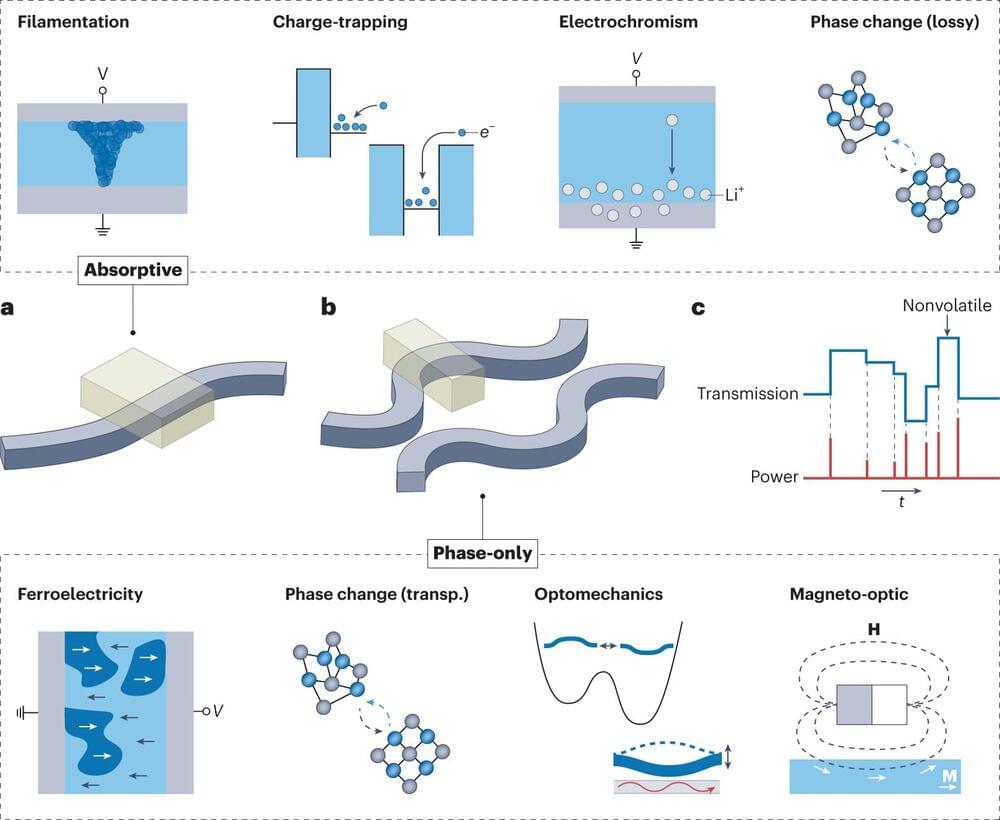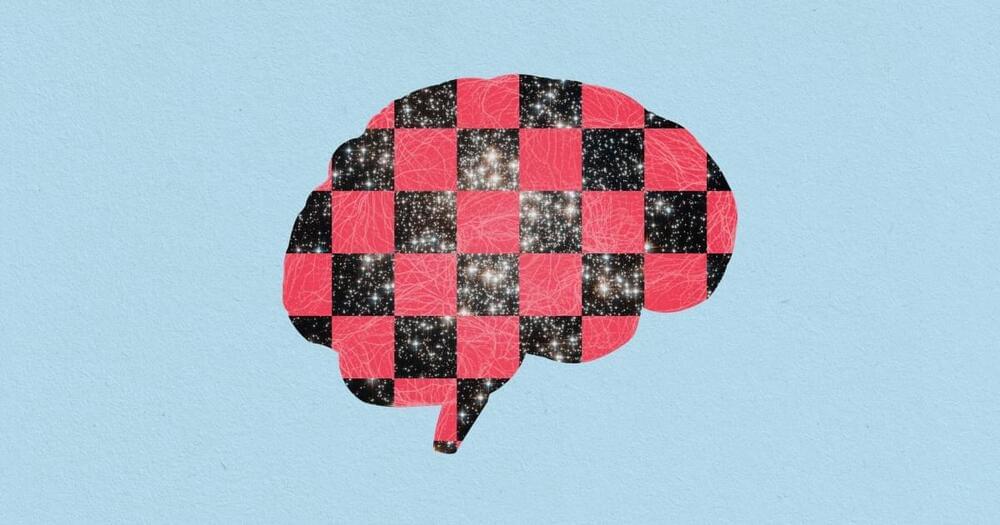N-ARK
Japanese architectural startup N-ARK may have come up with a concept that could help.


Called TaoPatch, the device has nanocrystals that use body heat to function, but does it really work?
Serbian tennis player Novak Djokovic secured his name in tennis history by winning a record 23rd Grand Slam tournament at the French Open in Paris last night, defeating the Norwegian Casper Ruud in the final.
The win takes him ahead of Spaniard Rafael Nadal (22) and Swiss legend Roger Federer (20) for the most Grand Slam wins ever n the history of the sport.

Artificial Intelligence is breaking new barriers by the day. Hundreds of worshippers at St. Paul’s Church in Fürth, Bavaria, Germany recently attended a service, entirely conducted by AI with the sermon being presented by the AI chatbot ChatGPT.
An hour before the service even began, people formed a long queue outside the 19th-century, neo-Gothic building to witness what the AI could deliver.
The chatbot’s sermon majorly focused on themes surrounding leaving one’s past behind, living in the present, not being afraid of death and maintaining faith in Jesus Christ. Notably, four different AI avatars took turns to impart the sermons and lead the service.

AI, machine learning, and ChatGPT may be relatively new buzzwords in the public domain, but developing a computer that functions like the human brain and nervous system—both hardware and software combined—has been a decades-long challenge. Engineers at the University of Pittsburgh are today exploring how optical “memristors” may be a key to developing neuromorphic computing.
Resistors with memory, or memristors, have already demonstrated their versatility in electronics, with applications as computational circuit elements in neuromorphic computing and compact memory elements in high-density data storage. Their unique design has paved the way for in-memory computing and captured significant interest from scientists and engineers alike.
A new review article published in Nature Photonics, titled “Integrated Optical Memristors,” sheds light on the evolution of this technology—and the work that still needs to be done for it to reach its full potential.

Photosynthesis. The maps elucidate the complex energy transfer process in photosynthesizing bacteria, providing a clear picture of how sunlight energy is channeled from the outer to the inner molecular ring of the light-harvesting complex.
Systems obeying quantum mechanics are notoriously difficult to visualize, but researchers at the University of Illinois Urbana-Champaign have developed an illustration technique that displays quantum features in an easy-to-read diagram called a coherence map. The researchers used these maps to study the quantum mechanisms that underlay photosynthesis, the process by which plants and some bacteria use sunlight to convert carbon dioxide and water into food.
Dr. Ben Goertzel shares his thoughts on where we are at the end of 2021, beginning of 2022 — how progress toward AGI looks in retrospect, and looking into the future — updates on the ecosystem…
And the importance of the SingularityNET Community 🥰
–
SingularityNET is a decentralized marketplace for artificial intelligence. We aim to create the world’s global brain with a full-stack AI solution powered by a decentralized protocol.
We gathered the leading minds in machine learning and blockchain to democratize access to AI technology. Now anyone can take advantage of a global network of AI algorithms, services, and agents.
Website: https://singularitynet.io.
Forum: https://community.singularitynet.io.
Telegram: https://t.me/singularitynet.
Twitter: https://twitter.com/singularity_net.
Facebook: https://facebook.com/singularitynet.io.
Instagram: https://instagram.com/singularitynet.io.
Github: https://github.com/singnet.
Linkedin: https://www.linkedin.com/company/singularitynet

A new research at the intersection of cosmology and neurobiology implies that diverse physical processes lead to similar levels of complexity and self-organization present in structures of scales.
An astrophysicist at the University of Bologna and a neurosurgeon at the University of Verona compared the network of neuronal cells in the human brain with the cosmic network of galaxies and found astounding similarities.
In their paper ‘The quantitative comparison between the neuronal network and the cosmic web’ published in Frontiers in Physics, Franco Vazza, astrophysicist at the University of Bologna, and Alberto Feletti, neurosurgeon at the University of Verona, investigated the similarities between two of the most complex systems in existence: the cosmic web of galactic superclusters and the network of neuronal cells in the human brain.

Cave divers equipped with brilliant headlamps often explore cavities in rock less than a mile beneath our feet. It’s easy to be wholly unaware of these cave systems – even if you sit in a meadow above them – because the rock between you and the spelunkers prevents light from their headlamps from disturbing the idyllic afternoon.
Apply this vision to the conditions in the early universe, but switch from a focus on rock to gas. Only a few hundred million years after the big bang, the cosmos was brimming with opaque hydrogen gas that trapped light at some wavelengths from stars and galaxies. Over the first billion years, the gas became fully transparent – allowing the light to travel freely. Researchers have long sought definitive evidence to explain this flip.
New data from the James Webb Space Telescope recently pinpointed the answer using a set of galaxies that existed when the universe was only 900 million years old. Stars in these galaxies emitted enough light to ionize and heat the gas around them, forming huge, transparent “bubbles.” Eventually, those bubbles met and merged, leading to today’s clear and expansive views.

For example, scientists have recently emphasized that the physical organization of the Universe mirrors the structure of a brain. Theoretical physicist Sabine Hossenfelder — renowned for her skepticism — wrote a bold article for Time Magazine in August of 2022 titled “Maybe the Universe Thinks. Hear Me Out,” which describes the similarities. Like our nervous system, the Universe has a highly interconnected, hierarchical organization. The estimated 200 billion detectable galaxies aren’t distributed randomly, but lumped together by gravity into clusters that form even larger clusters, which are connected to one another by “galactic filaments,” or long thin threads of galaxies. When one zooms out to envision the cosmos as a whole, the “cosmic web” formed by these clusters and filaments looks strikingly similar to the “connectome,” a term that refers to the complete wiring diagram of the brain, which is formed by neurons and their synaptic connections. Neurons in the brain also form clusters, which are grouped into larger clusters, and are connected by filaments called axons, which transmit electrical signals across the cognitive system.
Hossenfelder explains that this resemblance between the cosmic web and the connectome is not superficial, citing a rigorous study by a physicist and a neuroscientist that analyzed the features common to both, and based on the shared mathematical properties, concluded that the two structures are “remarkably similar.” Due to these uncanny similarities, Hossenfelder speculates as to whether the Universe itself could be thinking.

An international team of researchers from the University of Turku, Finland, and the INRAE of Nouzilly, France, explored the ability of sledging reindeer to follow directional indications from humans. Their results highlight that reindeer, which are well habituated to humans, can make use of gestural cues very well with minimal training.
Working animals, such as equines, shepherd dogs, and logging elephants, spend a significant amount of time interacting closely with humans to fulfill specific tasks. Effective communication plays a crucial role in their working relationship. Animals’ understanding of human cues, particularly manual pointing gestures, is an important aspect of this communication.
The use of pointing gestures to communicate with others and to show them where to look or to go is very natural for humans. For other animals that do not use this way of communication, the gesture may not always be easy to understand. For this reason, the pointing gesture is often used in experiments to see if animals can understand cues that are specific to humans.